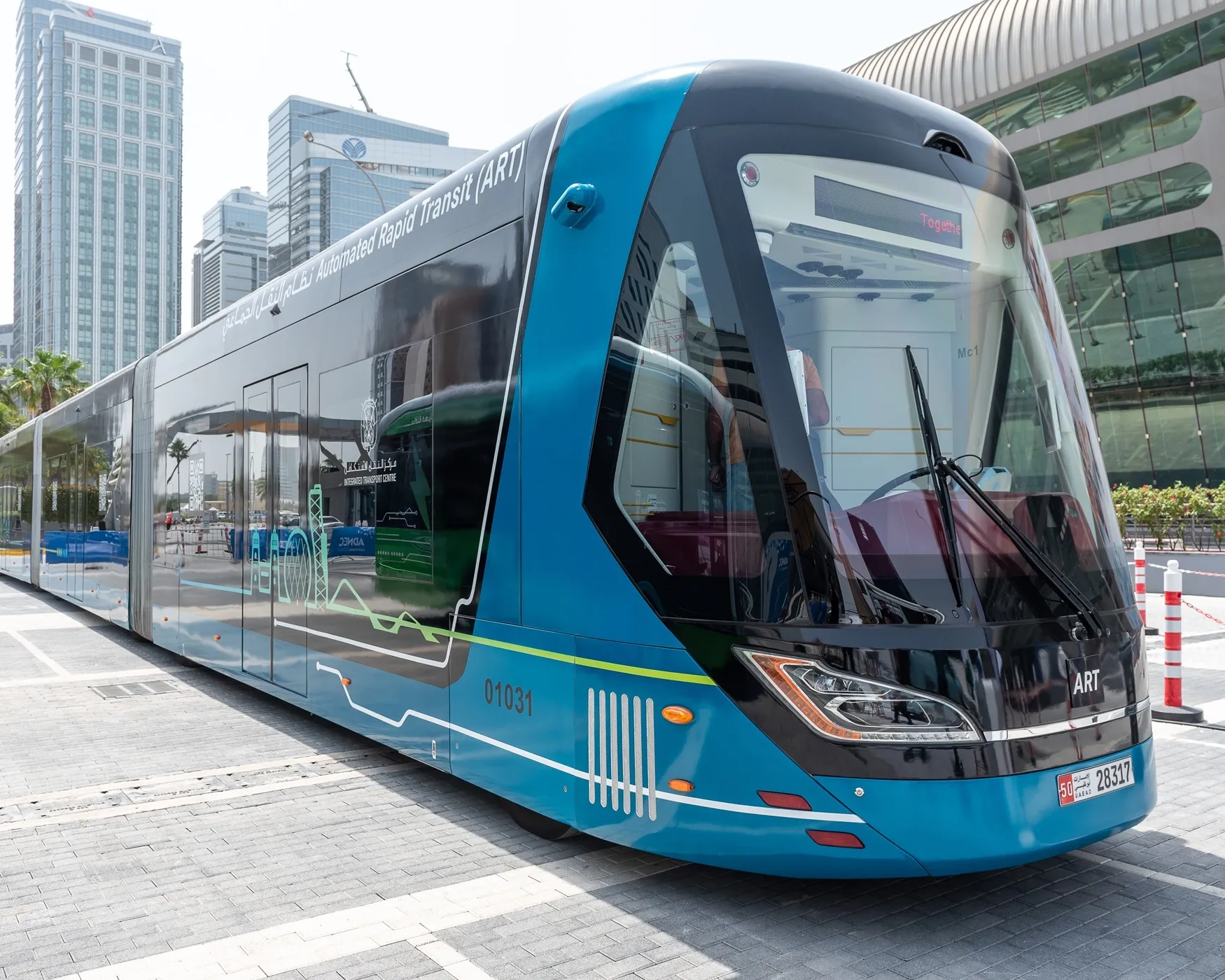Highways England’s US$236 million (£191 million) scheme to improve journeys for drivers using a major interchange on the M1 in the Midlands has been officially opened.
The major upgrade to improve the flow of traffic at junction 19, where the M1, M6 and A14 meet, is intended to the journeys made by more than 150,000 vehicles through the area every day.
The new east-west link between the villages of Catthorpe and Swinford now runs beneath the M1-M6 link, and the M6, and connects the villages with the A
March 17, 2017
Read time: 2 mins
The major upgrade to improve the flow of traffic at junction 19, where the M1, M6 and A14 meet, is intended to the journeys made by more than 150,000 vehicles through the area every day.
The new east-west link between the villages of Catthorpe and Swinford now runs beneath the M1-M6 link, and the M6, and connects the villages with the A5.
And for the first time in over 20 years local traffic, pedestrians, cyclists and horse riders are separated from long-distance traffic, particularly HGVs.
Highways England has also created a new public right of way/bridleway between Swinford and Catthorpe, a footway alongside the new local road between Swinford and Catthorpe and a new footpath to the north of the A14, as well as areas for wildlife and trees.
Elsewhere in the Midlands, Highways England’s US$131 million (£106 million) improvement scheme at Tollbar End in Coventry has also officially opened.










